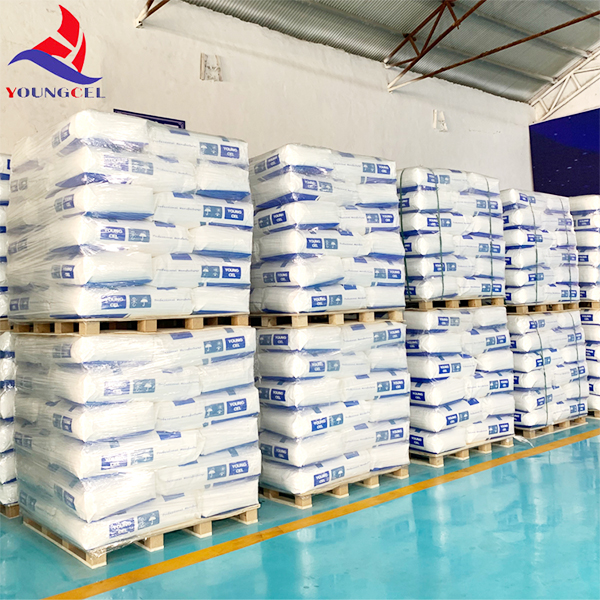Understanding Coating Additives Enhancing Performance and Quality
Coating additives play a crucial role in the formulation and performance of various coatings used in industries such as automotive, construction, and consumer goods. These additives are substances incorporated into coating formulations to improve specific properties, enhance performance, and facilitate application. With an ever-evolving market requiring innovative solutions, understanding coating additives becomes essential for manufacturers and end-users alike.
What are Coating Additives?
Coating additives are materials added to paint and coatings to modify their properties. They can influence the behavior of the coating during application, affect the finished product's durability, and enhance its aesthetic appeal. Additives can be classified into several categories, each serving a unique function.
1. Dispersants These are vital in stabilizing pigment dispersions in the coating. Dispersants help keep pigments uniformly distributed throughout the coating, preventing settling and ensuring a consistent finish.
2. Surfactants These additives reduce surface tension, improving wetting and spreading on substrates. Surfactants enhance the adhesion of the coating to surfaces, making them essential for various applications.
3. Thickeners Used to modify the viscosity of coatings, thickeners can improve application properties, prevent sagging, and provide better control during spray applications. They contribute to the ease of use and efficiency of the coating process.
4. Anti-foaming Agents These additives control foam formation during the mixing and application of coatings. By minimizing foam, they ensure a smoother finish and better surface quality.
coating additives

5. Biocides Protecting coatings from microbial growth is crucial, especially in humid environments. Biocides prevent the degradation of coatings caused by bacteria, fungi, and mold, thus extending the life of the coating.
6. Stabilizers and Film Formers Stabilizers maintain the stability of the coating formulation, while film formers create a continuous film upon drying. Both are essential for achieving the desired performance and durability of the coating.
Benefits of Coating Additives
Incorporating additives into coatings can lead to significant benefits. For instance, additives can enhance the durability and longevity of coatings, making them more resistant to wear and environmental factors such as UV radiation, moisture, and chemicals. This not only improves the lifespan of the coated products but also reduces maintenance costs and the need for frequent reapplications.
Additionally, additives can enhance the aesthetic qualities of coatings, providing better gloss, color retention, and texture. This is particularly important in consumer applications, where the visual appeal of a product can greatly influence purchasing decisions.
Coating additives also contribute to more environmentally friendly formulations. With an increasing emphasis on sustainability, many manufacturers are exploring bio-based additives and low-VOC (volatile organic compounds) solutions. These innovations help in meeting regulatory requirements and consumer expectations for greener products.
Conclusion
Coating additives are indispensable in achieving high-quality, durable, and aesthetically pleasing coatings. Understanding the various types and their functions allows manufacturers to tailor their products to meet specific requirements and market demands. As technology advances and consumer preferences shift towards more sustainable options, the development and application of innovative coating additives will continue to play a vital role in the coatings industry. By leveraging these additives effectively, manufacturers can enhance their products' performance, ensuring they meet the challenges of a competitive marketplace.






